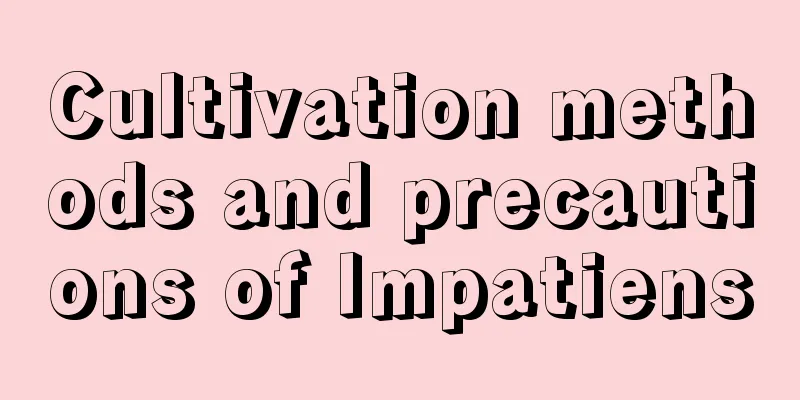Environmental requirements for planting Chinese medicinal materials

|
In the process of planting Chinese medicinal materials , it is very important to provide a suitable planting environment, which can not only promote the growth and development of Chinese medicinal materials and increase the yield of medicinal materials, but also ensure the content of medicinal ingredients in medicinal materials, thereby improving the overall quality of Chinese medicinal materials. So what are the environmental requirements for growing Chinese medicinal materials ? Let’s learn more about it below. 1. Soil Chinese medicinal materials are suitable for growing in loose, breathable, water-retaining and organically rich soils, such as sandy loam and loam. In addition, the soil pH value is generally required to be between 6.0-7.5. Excessively acidic or alkaline soil is not conducive to the growth of Chinese medicinal materials. 2. Topography Altitude, slope, aspect and topographical features have a significant impact on local climatic factors (temperature, solar radiation, humidity), which in turn affect the growth characteristics, distribution and active ingredient content of medicinal plants. For example, Coptis chinensis prefers a cool environment, so you need to choose a gentle slope and sheltered area facing northeast or northwest to avoid frost damage. 3. Lighting Adequate light is a necessary condition for the growth of Chinese medicinal materials, but some Chinese medicinal materials are more sensitive to light intensity and require appropriate shading. Usually, Chinese medicinal materials can be divided into light-loving plants (such as Rehmannia glutinosa, Astragalus membranaceus, Glehnia littoralis, Paeonia lactiflora, etc.) and shade-loving plants (such as ginseng, American ginseng , Coptis chinensis, Asarum, etc.) according to their light requirements. 4. Temperature Different Chinese medicinal materials have different temperature requirements, but most of them are suitable for growing in mild climate conditions. An environment that is too cold or too hot is not conducive to the growth of Chinese medicinal materials. 5. Moisture Different varieties of Chinese medicinal materials have different requirements for water. Some varieties prefer dry soil, such as white peony and licorice; some varieties prefer moist soil, such as coix and Alisma; and some varieties are afraid of both drought and waterlogging, and the soil must be kept dry and moist in order to grow normally, such as Atractylodes and Pinellia. 6. Nutrients The fertilization plan for Chinese medicinal materials cultivation should be determined according to their nutritional needs and soil fertility. In principle, base fertilizer should be emphasized over topdressing, with organic fertilizer as the main fertilizer and chemical fertilizer applied in appropriate amounts. For example, for one-year or two-year-old herbaceous herbs, apply more nitrogen fertilizer in the seedling stage to promote growth; for seeds and fruits, apply more phosphorus and potassium fertilizers; for perennials and rhizomes, apply sufficient organic fertilizers during land preparation. In general, the environmental requirements for growing Chinese medicinal materials include soil, light, water, temperature and nutrients. Growers should choose appropriate planting locations and management measures based on the characteristics of Chinese medicinal materials and local natural conditions in order to cultivate high-quality medicinal materials.
|
>>: How to grow seedless watermelon?
Recommend
Is Euphorbia milii suitable for growing at home?
Is it suitable for indoor farming? Euphorbia mili...
How to grow Clivia better
1. Maintenance methods 1. Temperature: Clivia is ...
Can cosmos be grown indoors?
Can cosmos be grown indoors? It is recommended no...
Is fig a shade-loving or sun-loving plant?
Do figs prefer shade or sun? Fig is a sun-loving ...
The difference between plum blossom and peach blossom
1. Color The colors of plum blossoms are more com...
What are the cultivation methods and precautions of lilies?
Lily growth habits Lilies like moisture and light...
How to grow hydrangeas more vigorously?
Hydrangea gets its name because when its flowers ...
How many days does it take for lettuce to germinate? How many days does it take for lettuce to germinate?
How long does it take for lettuce to germinate? I...
What are the special fertilizers for citrus?
Fertilization of citrus is very important. Fertil...
Is aloe vera juice poisonous? How to tell if aloe vera is poisonous?
1. Is aloe vera juice poisonous? There are many v...
Cultivation method of red scale syzygium
Growth habit The red-scaled syzygium usually grow...
Gerbera flowering and its management
Gerbera flowering period The flowering period of ...
How to trim the golden plate to look good
When is the best time to trim the golden plate? I...
Do red beans prefer shade or sun?
Do red beans prefer shade or sun? Red beans are e...
Cultivation methods and precautions of Kalanchoe
1. Adequate light Kalanchoe loves light very much...









